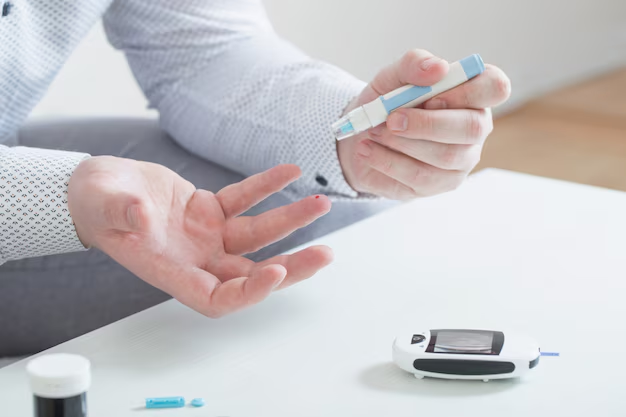Comparing Type 1 and Type 2 Diabetes: What You Need to Know
Navigating the world of diabetes can be confusing, especially when trying to understand the difference between Type 1 and Type 2 diabetes. Both are chronic conditions that affect the way the body regulates blood sugar, but they do so in different ways and for different reasons. Understanding these distinctions is crucial for effective management and treatment.
Understanding Type 1 Diabetes
Type 1 diabetes is often diagnosed in childhood, which is why it’s sometimes called juvenile diabetes. It’s an autoimmune condition where the immune system mistakenly attacks and destroys insulin-producing cells in the pancreas. Without insulin, glucose can't enter cells to be used for energy, leading to high blood sugar levels.
Key points about Type 1 diabetes:
- Onset: Usually occurs in children and young adults.
- Cause: Autoimmune destruction of insulin-producing cells.
- Insulin Dependency: Patients require insulin for life.
- Symptoms: Extreme thirst, frequent urination, unintended weight loss, fatigue.
Unpacking Type 2 Diabetes
Type 2 diabetes is more common and is often associated with older age, obesity, and a sedentary lifestyle. In Type 2, the body either becomes resistant to insulin or doesn’t produce enough insulin to maintain normal glucose levels.
Key aspects of Type 2 diabetes:
- Onset: Typically in adults over the age of 45, but increasingly diagnosed in younger age groups due to rising obesity rates.
- Cause: Insulin resistance often linked with lifestyle factors.
- Management: Often managed with lifestyle changes, oral medications, and sometimes insulin.
- Symptoms: Increased thirst, frequent urination, hunger, fatigue, blurry vision.
Bridging to Financial Assistance
Living with diabetes, whether Type 1 or Type 2, can be an expensive endeavor. Costs associated with medication, monitoring equipment, and healthcare services can add up quickly. Fortunately, there are numerous resources available to assist those managing this chronic disease, as well as educational opportunities to better understand and live with the condition.
Ensuring that diabetes management doesn’t become an overwhelming financial burden is critical. Exploring financial assistance programs and educational grants can provide much-needed relief and support. From government aid programs to debt relief options, here are some resources that individuals with diabetes might find beneficial:
Medicaid/Medicare: Government programs offering medical coverage for eligible individuals, covering costs for diabetes care and medications.
State Pharmaceutical Assistance Programs (SPAPs): These programs assist with prescription drug costs based on individual eligibility.
Pharmaceutical Company Patient Assistance Programs: Many drug manufacturers offer programs to provide free or low-cost insulin and diabetes medications to those who qualify.
Educational Grants: Some organizations offer grants to patients to assist them in pursuing education about diabetes management.
By leveraging these financial and educational resources, individuals managing diabetes can continue their journey towards a healthier life without the added stress of financial strain.
Financial and Educational Assistance for Diabetes Management
- 🏥 Medicaid/Medicare: Provides medical coverage and helps to cover the cost of diabetes care and prescriptions.
- 💊 State Pharmaceutical Assistance Programs (SPAPs): Helps with prescription drug costs for eligible residents.
- 🏢 Patient Assistance Programs by Pharmaceutical Companies: Offer free or low-cost diabetes medications based on eligibility.
- 🎓 Educational Grants: Support for those seeking to further their understanding of diabetes management.
